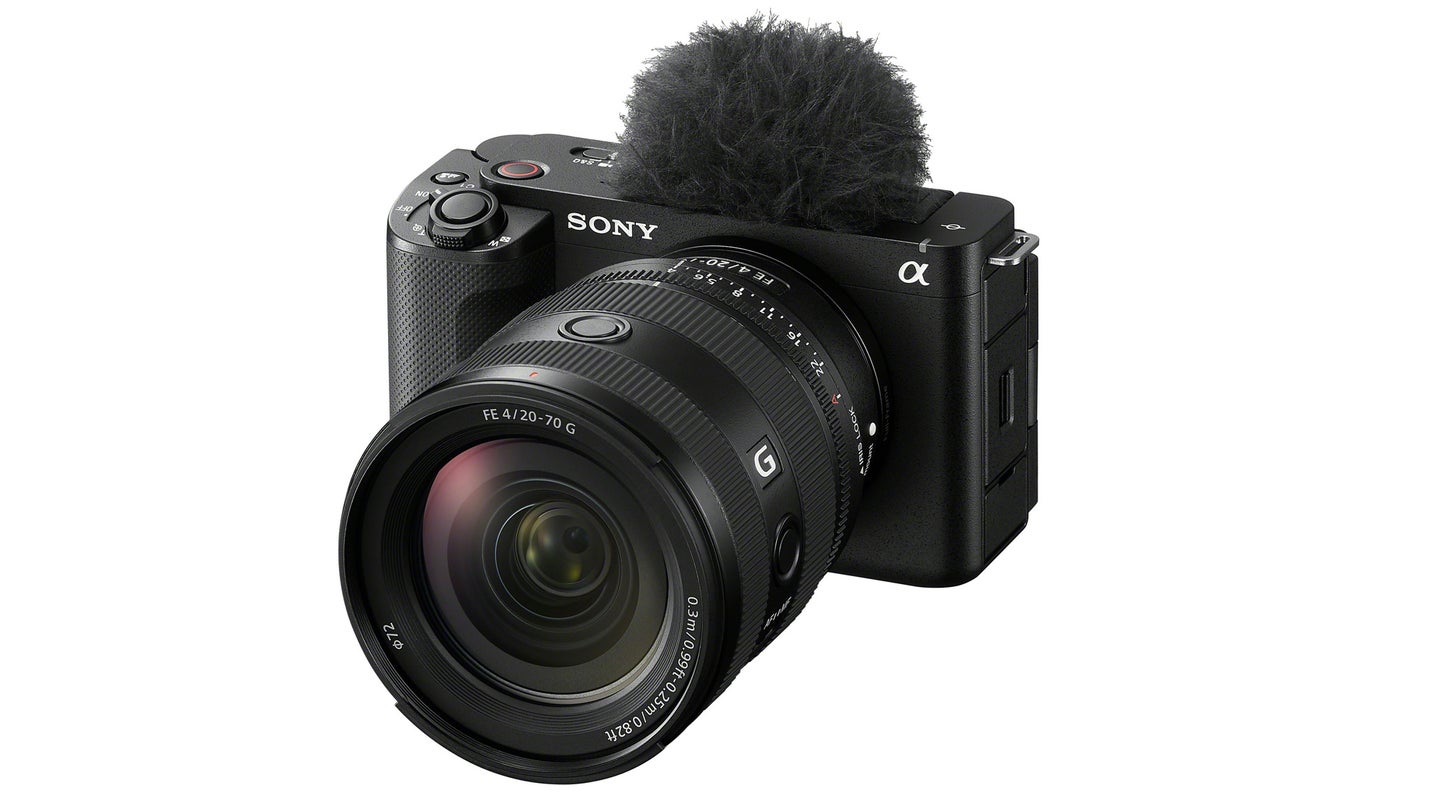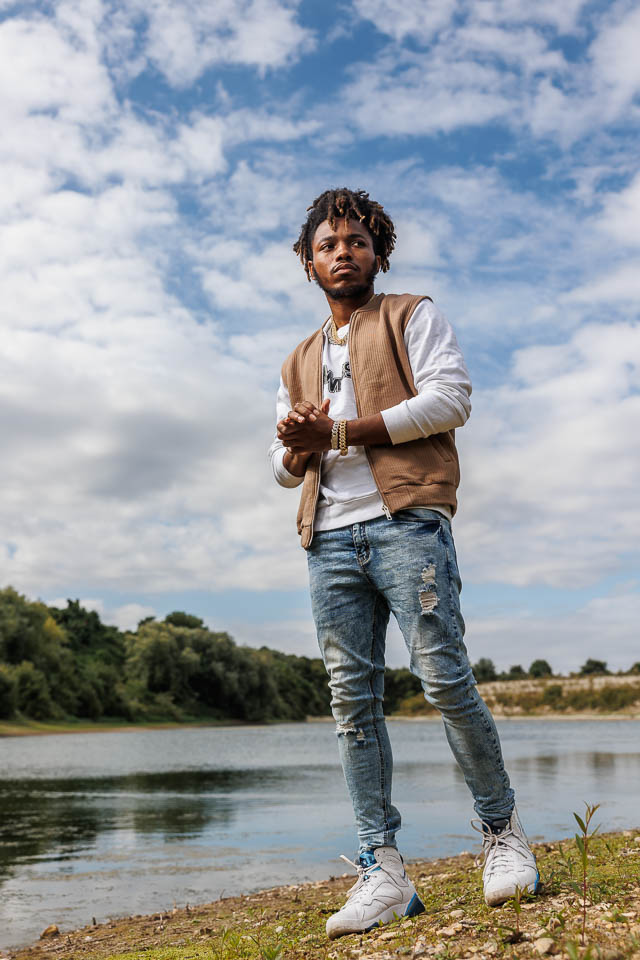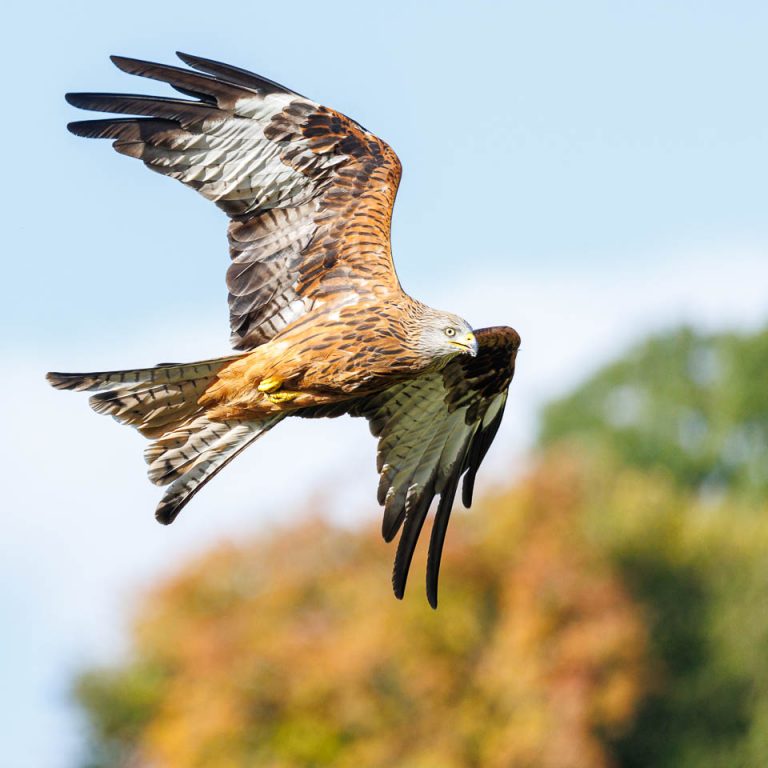Tips & Tricks

How to Choose a Photography Workshop
Digital Photography Magazine-Tips
Photography workshops are more popular than ever. From landscapes to wildlife, close to home or across the globe, no matter where you want to go or what you want to learn there’s a photography workshop that’s right for you.
But how do you find it? More to the point, how do you make an informed decision to determine if the workshop you’re considering is a good fit for you? I put this question to Sony Artisan and longtime professional photographer Don Smith. He has decades of experience in sports and landscape photography, and has led nearly 200 photo workshops over 16 years. So I tracked him down and asked him: how do you find the photo workshop that’s right for you?
SHOULD YOU START BY CHOOSING A LOCATION, A SUBJECT OR AN INSTRUCTOR?
“I would recommend that people go with what is most important to them,” Smith says. “If Iceland is a place on their bucket list, start there. If they are interested in night photography, start searching for a reputable photographer who incorporates that into their workshops. It has been my experience in the last 16 years that most people either find me online and then go look at my workshops, or they were interested in going to a certain location and Google that and my name comes up. We are fortunate that we have a 65% return rate of clients so word of mouth also helps us.”
HOW DO YOU KNOW IF A PHOTOGRAPHER WILL BE A GOOD WORKSHOP LEADER?
“I recommend several things,” Smith explains. “You can always call the instructor and talk to him over the phone. Ask questions. Also, look at his or her work. Their photos should speak for themselves. Reviews are important. A good instructor should have no problem putting you in touch with other clients so that you can ask them about their experience. Organization is key. How organized does the instructor appear to be? A key question to ask would be if the instructor has actually been to the location and scouted it before. Also, it is important that the instructor is personable and approachable. They should be open, flexible and never annoyed at questions or interruptions. I have heard horror stories of instructors dropping clients off and disappearing for a few hours to do their own photography, belittling clients in image reviews and being so disorganized that clients are being driven all over and missing key light and moments in nature.”
“It is imperative that the instructor has been to the location at the same time of year and the same time of day as they plan to bring the clients,” he adds. “This is not a time for exploring together. We always bear in mind that the clients are paying us to take them places and we need to know the places ahead of time. We always scout every location first and upon our return the following year we build in a few days to run our route before the clients arrive to make sure there are no road closures or other changes. Preparation is absolutely imperative.”
IS THERE A DIFFERENCE BETWEEN SMALL, PHOTOGRAPHER-LED WORKSHOPS AND BIG TOURS?
“Yes, there are big differences,” Smith says. “For example there is much more individual, one on one attention in small workshops like ours. We limit our capacity to 12 clients and we always have a second instructor, so that is a 6:1 ratio. [Longtime pros Ron Modra and Gary Hart regularly partner with Smith to lead workshops.] In a large tour, this would not be possible. Instructors are much more accessible and available in a photographer-led workshop. They travel in the same cars or on the same bus and are able to talk about photography in transit. It boils down to lack of attention in the bigger organizations.”
“We send out a workshop handbook to every client that signs up,” he continues. “That answers most questions they would have about the workshop. With every webpage we go into depth about the details of the workshop and explain what they can expect. We often have group meals, especially in our international workshops, however in some workshops it isn’t feasible. If clients are signing up for a photography workshop, the focus should be on photography. There should not be other activities that would distract from this main purpose. There is an important distinction to remember: a workshop involves location shoots and classes, and a tour just involves shooting with no instruction.”
SHOULD A BEGINNER BE CONCERNED ABOUT KEEPING UP?
“No, you don’t need to match your skill level to the workshop,” Smith says. “We have worked with rank beginners all the way to professionals in other genres. That is the beauty of small workshops, we can adjust to our clients.”
“We are extremely well planned,” he continues, “but we emphasize that we are also flexible. If we are scheduled to be at a certain location at a certain time and the weather isn’t cooperating, then we have back up locations that we can turn to. We also build in some free time because we tend to work with an older demographic and we realize that it is important they have time to rest and recuperate. We tell our clients that when exhaustion sets in, creativity goes away. So all our shoots and classes are optional and they are welcome to skip if they are feeling overwhelmed. That being said, we are constantly surprised at our clients’ stamina and determination!”
WHAT COMMON MISTAKES SHOULD FIRST-TIME WORKSHOP ATTENDEES AVOID?
“Don’t just sign up and leave it at that,” Smith says. “Knowledge is power. Make sure the instructor is on social media, making YouTube videos, present in many forms online so that you can get to know them beforehand. Call with questions. Ask, ask, ask. Be the squeaky wheel. A workshop experience can go wrong due to lack of organization, lack of planning, lack of communication or lack of the ability to teach. You can ascertain if these things are in place by getting to know the instructor via social media and reading reviews.”
“Some ways a workshop can go wrong,” he adds, “include pandemics, natural disasters, unusual weather for the location or even injury. We highly recommend purchasing travel insurance ahead of time to cover things like this.”
To learn more about Don Smith’s beautiful landscape photography and his upcoming workshops in Big Sur, Grand Teton and New Zealand, visit his website.
Read More "How to Choose a Photography Workshop"
The post How to Choose a Photography Workshop appeared first on Digital Photo.

























